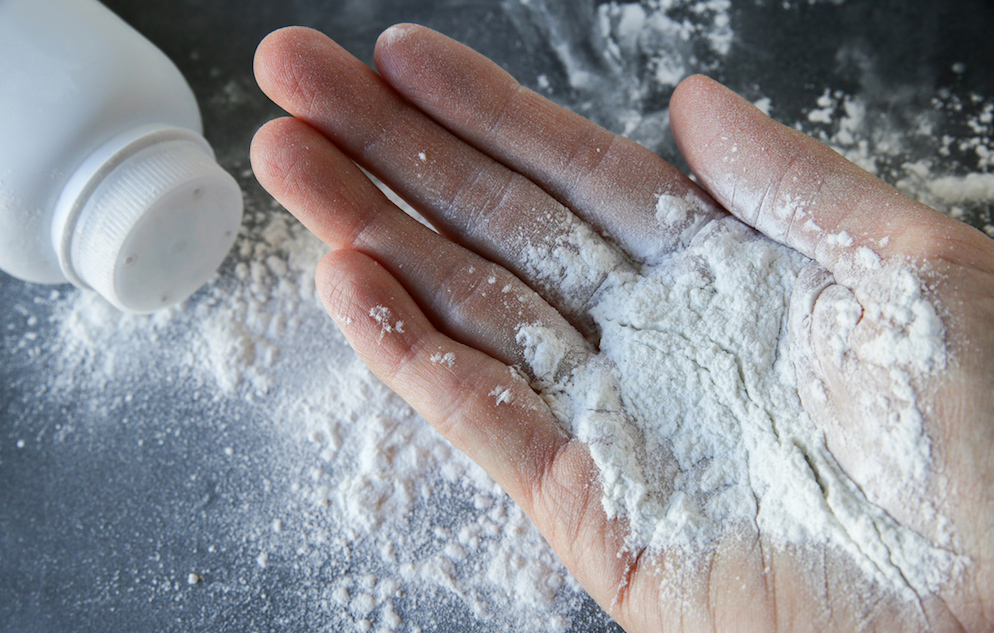 Cosmetic talc is used in a variety of consumer products such as adult and baby powders, lotions, and makeup. Mines containing relatively pure talc are sourced for cosmetic use, but some geological talc deposits used for non-cosmetic applications may contain other silicates, like asbestos, which may carry an increased risk of mesothelioma with sufficient and prolonged exposure.
Cosmetic talc is used in a variety of consumer products such as adult and baby powders, lotions, and makeup. Mines containing relatively pure talc are sourced for cosmetic use, but some geological talc deposits used for non-cosmetic applications may contain other silicates, like asbestos, which may carry an increased risk of mesothelioma with sufficient and prolonged exposure.
MS student Mike Ierardi and his colleagues at Cardno ChemRisk recently published a pooled analysis of international cosmetic talc miner and miller cohorts to evaluate the potential risk of mesothelioma in these workers. The results were published in the journal Inhalation Toxicology.
The research team pooled the current results regarding pleural cancer/mesothelioma mortality or incidence in four cosmetic talc miner and miller cohorts in Italy, Norway, Austria, and France. There was a pooled total of 113,344 person-years in the cohorts. Although 3.0 pleural cancers/mesotheliomas were expected, there were none reported in any cohort.
The results suggest that the current epidemiological evidence does not support the hypothesis that exposures to cosmetic talc increase the risk of mesothelioma.
“These findings have important implications regarding recent allegations that consumer use of cosmetic talcum powder products poses an increased risk of mesothelioma, which are currently being litigated across the US,” says Ierardi.



